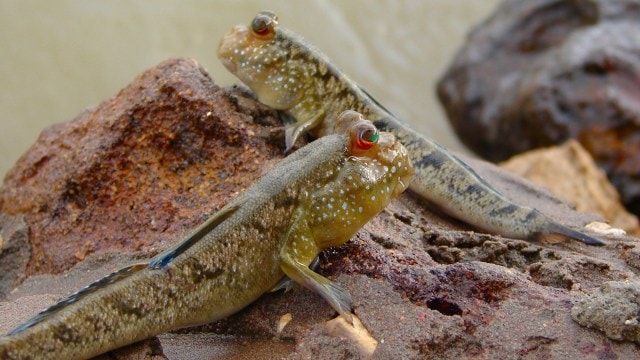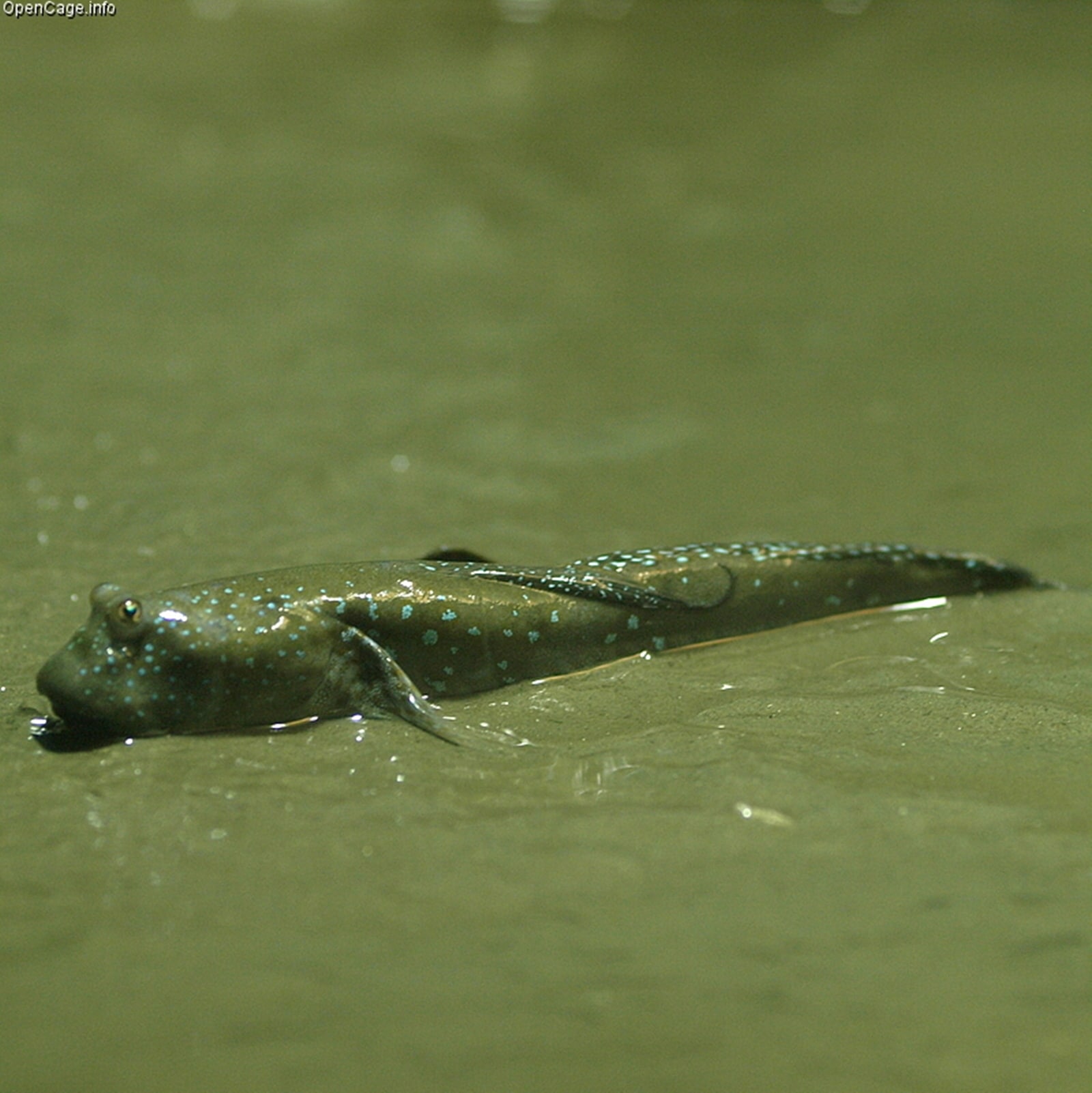📣 For more lifestyle news, click here to join our WhatsApp Channel and also follow us on Instagram
This fish uses its fin as feet to walk on land
Unlike most fish, mudskippers have strong, muscular pectoral fins that they use almost like arms
 Mudskippers are extraordinary fish that use their fins to walk on land and breathe air (Source: Wikimedia Commons)
Mudskippers are extraordinary fish that use their fins to walk on land and breathe air (Source: Wikimedia Commons)Nature is full of surprises, but few are as bizarre and fascinating as the fish that can walk. Meet the mudskipper, a small amphibious fish that uses its fins like legs to move on land, hopping, crawling, and even climbing over rocks and roots in muddy coastal areas.
Native to mangrove swamps and tidal flats in Africa, Asia, and Australia, mudskippers belong to a group of fish known as Gobiidae. These little creatures look a bit like oversized tadpoles, but don’t let their cartoonish appearance fool you, they are adaptation experts, able to survive both in and out of water.
How do they walk?
Unlike most fish, mudskippers have strong, muscular pectoral fins that they use almost like arms. By planting their fins on the ground, they push themselves forward in a series of hops, almost like a frog. Some species can even scale vertical mudbanks and low-hanging branches using a combination of fin action and body wiggling.
Their walking ability isn’t just a party trick, it helps them escape predators, search for food, and find mates across the complex terrain of the intertidal zone.
 Native to mangrove swamps and tidal flats in Africa, Asia, and Australia, mudskippers belong to a group of fish known as Gobiidae. (Source: Wikimedia Commons)
Native to mangrove swamps and tidal flats in Africa, Asia, and Australia, mudskippers belong to a group of fish known as Gobiidae. (Source: Wikimedia Commons)
They breathe air, too
The walking is impressive, but even more fascinating is how mudskippers manage to breathe air when they’re out of water. They do this in two ways:
- Through their skin and the lining of their mouth and throat — similar to how amphibians breathe.
- By storing water in their gill chambers, keeping their gills moist enough to function on land.
This means mudskippers can spend hours outside of water, making them one of the most land-savvy fish on the planet.
Studying mudskippers helps scientists understand how life might have first moved from water to land, millions of years ago. These fish offer a living example of the kinds of adaptations early vertebrates may have used during the evolutionary leap onto dry land.
Though small and often overlooked, the mudskipper’s quirky behaviour and hybrid lifestyle make it one of the most interesting animals on Earth.
📣 For more lifestyle news, click here to join our WhatsApp Channel and also follow us on Instagram
- 01
- 02
- 03
- 04
- 05



























